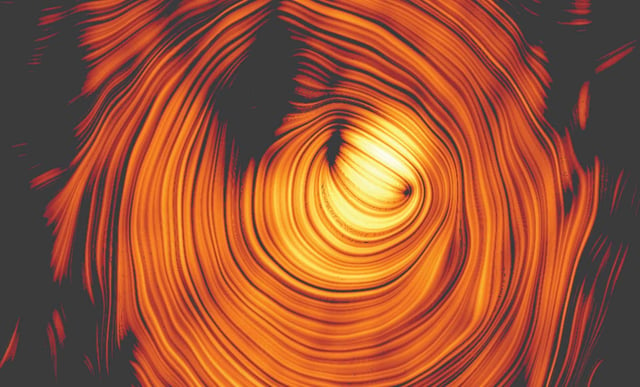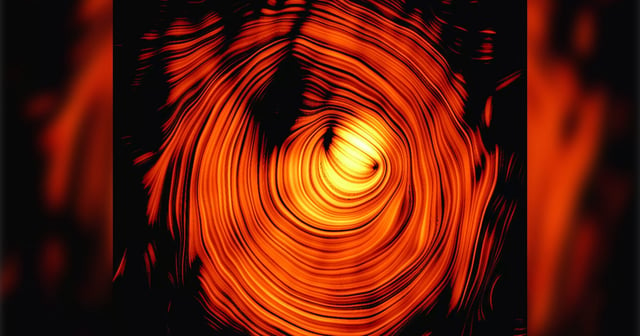Overview
- Astronomers stacked 15 years of VLBA polarization and imaging data through the MOJAVE and MuSES programs to achieve unprecedented milliarcsecond resolution.
- The deep image exposes a near-perfect doughnut-shaped magnetic field encircling the jet of PKS 1424+240, implicating it in jet launching and collimation.
- A viewing angle of less than 0.6° produces strong relativistic beaming that amplifies apparent brightness by over 30× and makes intrinsic jet motions appear slow.
- The study links the helical magnetic structure to proton acceleration processes that generate the blazar’s high-energy gamma rays and neutrinos, reinforcing multimessenger models.
- Published in Astronomy & Astrophysics, the result represents a key milestone for long-term VLBI campaigns and paves the way for multiwavelength follow-up and detailed theoretical modeling.



